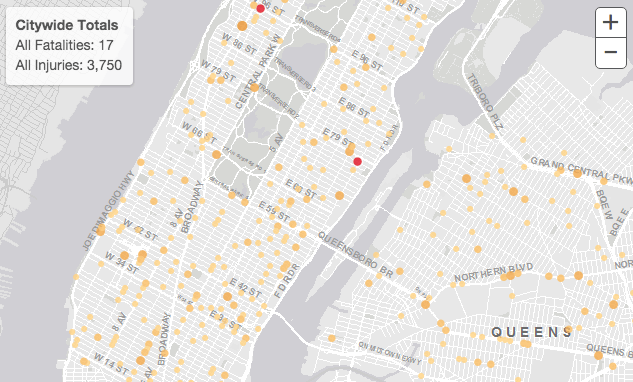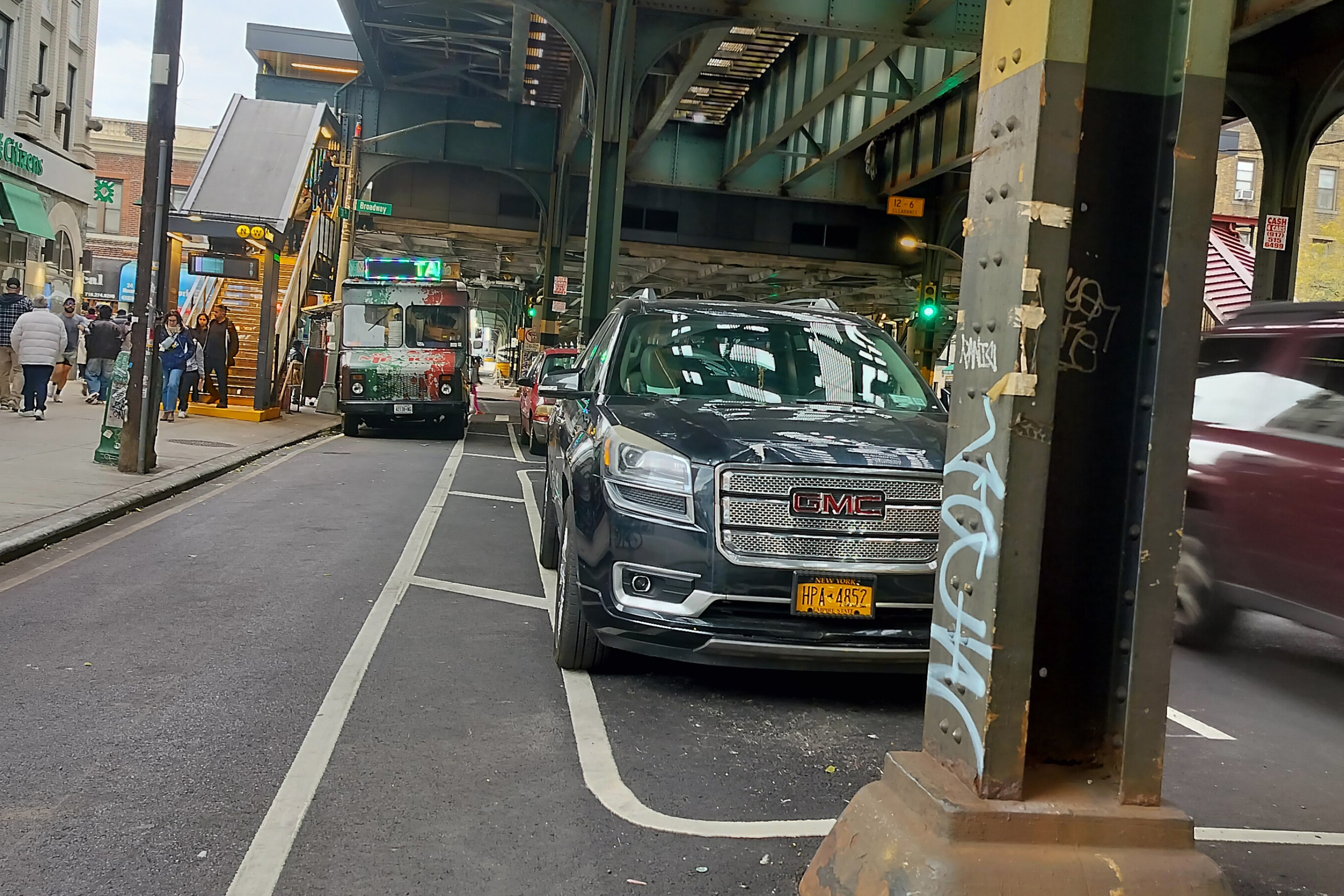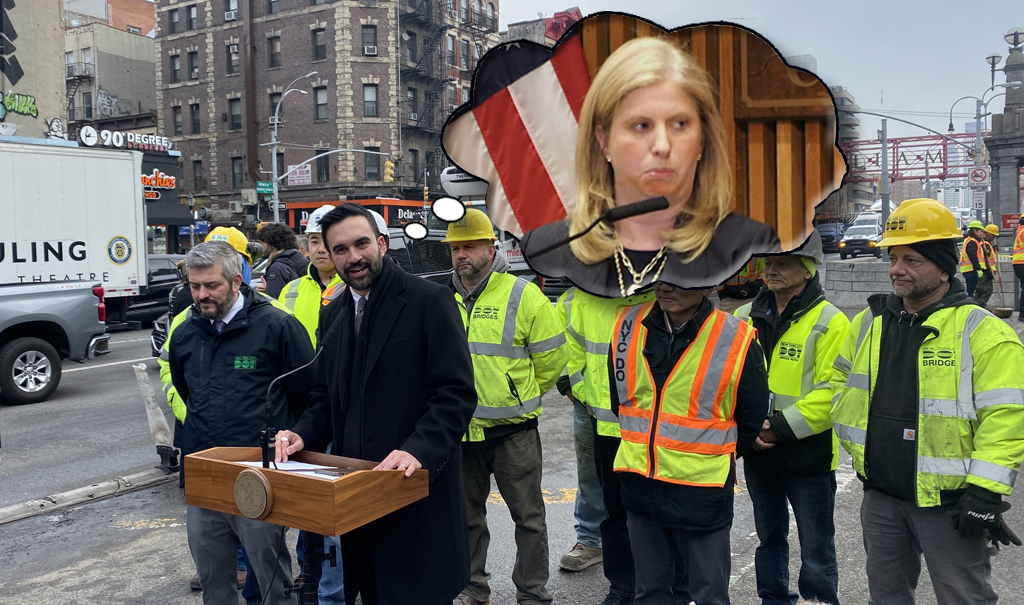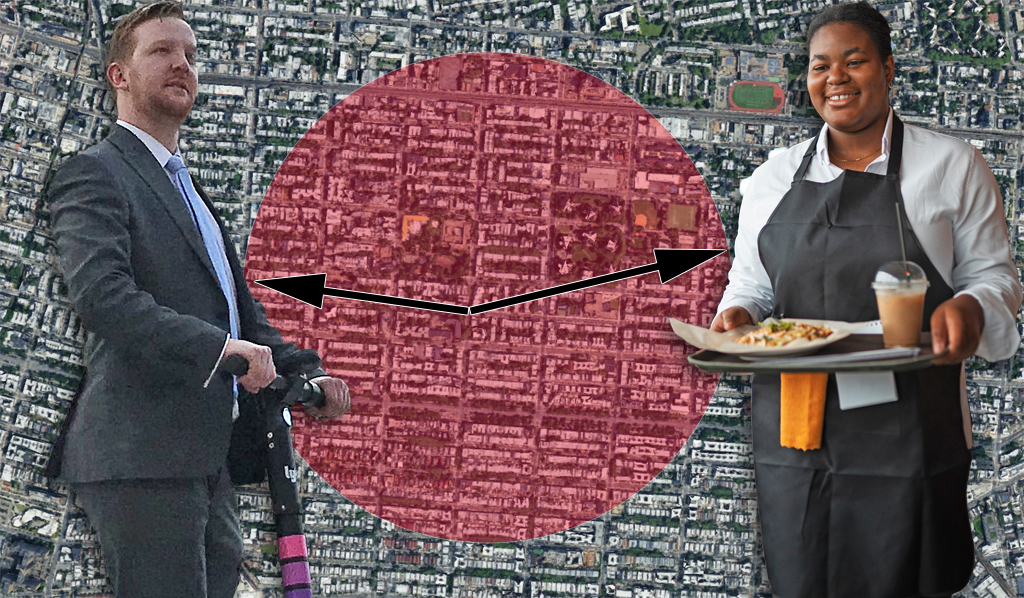
City Council Majority Leader Jimmy Van Bramer has introduced a bill to expand the city's online publication of crash data.
When City Hall launched Vision Zero View in November 2014, it was a major upgrade. For the first time, New Yorkers could see up-to-date information on where crashes happen, with data refreshed every month. But there’s a lot still missing.
Currently, the platform maps traffic injuries and fatalities each month, and you can filter the view to see only crashes that harmed pedestrians, or cyclists, or motor vehicle occupants. A "street design" tab shows the location of leading pedestrian intervals, arterial slow zones, speed humps, neighborhood slow zones, "safe streets for seniors" zones and "major safety projects." Users can also see the density of crashes by police precinct, city council district, or community board district.
Van Bramer's bill, Intro. 1116, would add significantly more detail to Vision Zero View. Under the legislation, the map would distinguish between serious injuries and less severe injuries, which are currently lumped into a single category. The map would also show the approximate time of day that crashes occurred (within a three-hour window), as well as the speed limit of every street in the city.
Van Bramer's bill requires DOT to publish more specific crash information, though not necessarily via the map. In addition to date, time, and location, DOT would have to provide the vehicle type involved and contributing factors for each crash. Crashes would be grouped into one or more of the following categories: rear-end collisions, head-on collisions, turning-vehicle collisions, collisions involving bicycles, collisions involving pedestrians and collisions involving stationary objects.
Perhaps most importantly, the legislation would codify the publication of crash data at least once each month. The city currently provides the information voluntarily, which means a future mayor could discontinue it.
Calling the existing platform "sparse," Van Bramer said more is possible and that he hopes expanding Vision Zero View will allow New Yorkers to make better-informed decisions about street safety. "The more information we have about where serious injuries and fatalities occur, and the circumstances surrounding the crashes, the better able we are to advocate for necessary traffic calming measures and street safety in our communities," he said.
The bill is co-sponsored by City Council transportation committee chair Ydanis Rodriguez.





